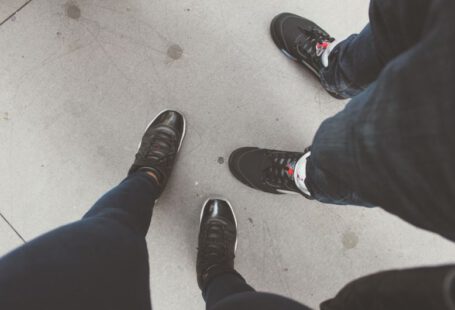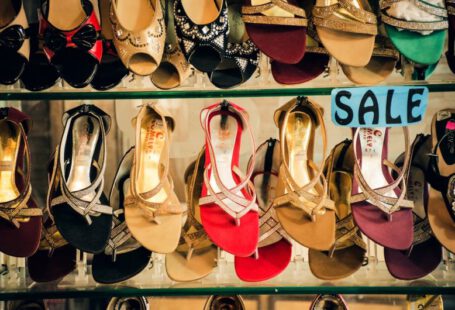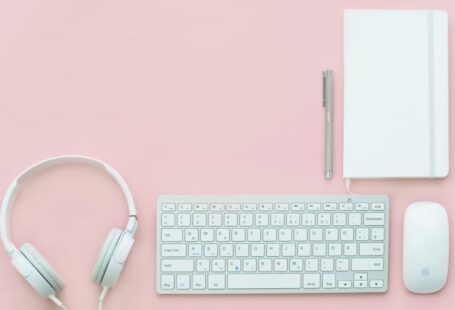New Shoes: The Culprit Behind Blisters
We’ve all been there – you buy a gorgeous pair of new shoes, slip them on excitedly, only to find yourself hobbling around in agony a few hours later with painful blisters forming on your feet. But why does this happen? What is it about new shoes that can lead to such discomfort? Let’s delve into the science behind why new shoes sometimes cause blisters.
The Culprit: Friction
One of the primary reasons new shoes can cause blisters is due to friction. When you wear new shoes, especially those made from stiff materials like leather or synthetic fabrics, they can rub against your skin as you walk. This rubbing creates friction, which in turn can lead to irritation and eventually the formation of blisters.
The Importance of Proper Fit
Another factor that can contribute to blisters from new shoes is an improper fit. Shoes that are too tight or too loose can increase the likelihood of friction against your skin. Tight shoes can create pressure points that rub against your feet, while loose shoes can cause your feet to slide around inside the shoe, leading to more rubbing and friction.
Breaking in New Shoes
Many people assume that the solution to avoiding blisters from new shoes is to simply break them in. While this can certainly help, it’s important to break in your shoes gradually to minimize the risk of blisters. Wearing new shoes for short periods of time at first and gradually increasing the duration can help your feet adjust to the shoes and allow the materials to soften and mold to the shape of your feet.
Moisture and Blisters
Moisture can also play a role in the formation of blisters when wearing new shoes. If your feet sweat while wearing new shoes, the moisture can soften the skin, making it more prone to friction and blister formation. To help prevent this, you can wear moisture-wicking socks or use foot powders to keep your feet dry while breaking in new shoes.
Choosing the Right Socks
The type of socks you wear can also impact whether or not you develop blisters from new shoes. Opt for socks made from moisture-wicking materials that help keep your feet dry and reduce friction. Additionally, seamless socks can help prevent rubbing against your skin, reducing the likelihood of blisters forming.
Preventing Blisters
If you’re prone to developing blisters from new shoes, there are a few steps you can take to help prevent them. Applying moleskin or blister pads to areas of your feet that are prone to rubbing can create a barrier between your skin and the shoe, reducing friction. You can also try using silicone or gel inserts to cushion and protect your feet from rubbing against the shoe.
The Aftermath: Treating Blisters
Despite your best efforts, blisters can still occur when breaking in new shoes. If you find yourself with a painful blister, it’s essential to treat it properly to prevent infection and promote healing. Clean the blister with mild soap and water, then cover it with a bandage or blister pad to protect it from further irritation.
In Conclusion
While new shoes can be a source of excitement and style, they can also be a source of discomfort if they cause blisters. Understanding why new shoes sometimes lead to blisters and taking steps to prevent them can help ensure that you can enjoy your new footwear without the pain and frustration of blisters. By focusing on proper fit, gradual break-in, moisture management, and preventative measures, you can step out in style with confidence and comfort.





